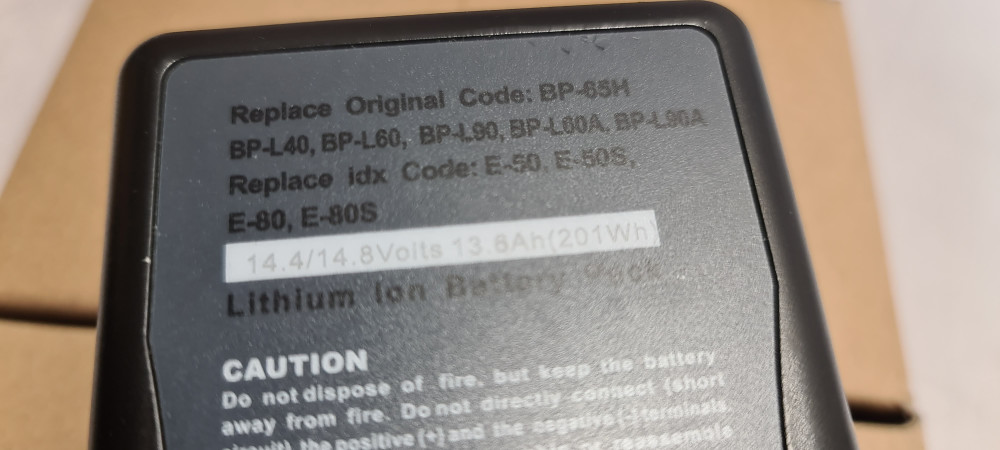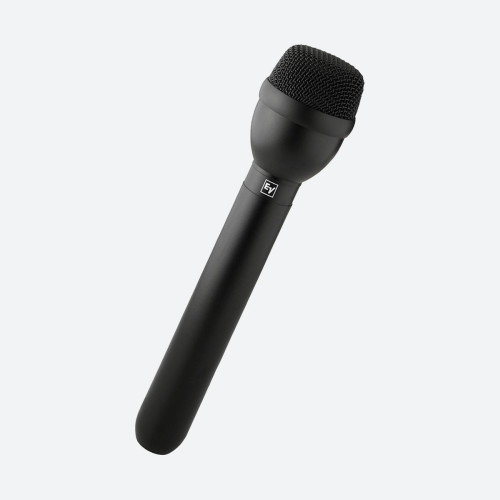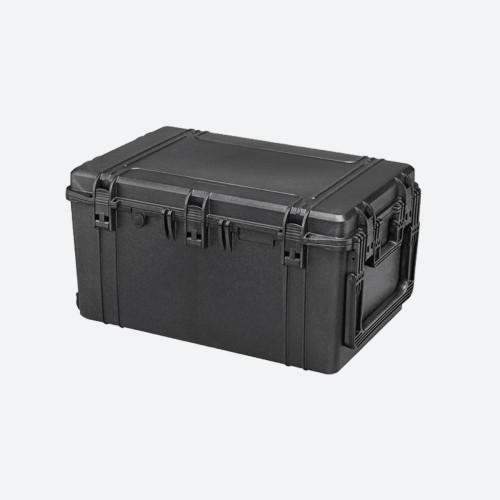by Ben Pearce Issue 91 - July 2014
Its not just eco campaigners that want to reduce their carbon footprint. Its also the financial director.
Whether youre a small company or a transnational enterprise, you run the risk of losing control of your data and buying more and more disk space. You may be storing many copies of each file on multiple external drives, possibly in several locations. You may be clogging up your fast tier 1 storage with completed projects. Put aside the data security issues for a moment and consider the practicalities of keeping thousands of hours of content on fast spinning disks, running 24/7: every drive independently powered and individually backed up. Its incredibly inefficient.
Even big data centres suffer. Reports by Gartner and by McKinsey & Company have shown that most data servers sit idle; they are rarely used to process files. Requiring cooling, maintenance and back-up generators, data centres can be massively wasteful of electricity. According to JISC, data centres in UK universities use around 8% of the institutions entire electricity consumption. And according to its 2012 report, the BBCs average footprint is 8.3 tonnes of CO2; per production hour, a figure that could be reduced by getting to grips with its media storage.
850 Metres of Tape
The simple answer is perhaps to shift data to tape. Our Space LTO-6 systems can copy files fast (an aggregate speed of 620MB/s) giving a durable and very energy efficient archive. The benefit of LTO is that it is highly expandable: drives can be added to a network to meet the facilitys needs. Each tape is also scalable: files and projects can be spanned over multiple tapes, meaning that theres no limit to the capacity that libraries can hold. Nevertheless, tape storage is an incomplete answer. Its linear, delivers comparatively low file access speeds and often involves a manual process. Therefore, its perfect for deep archive but too slow for time pressured environments such as breaking news, sports or live TV.
Dynamic Capacity
The fundamental issue for broadcasters and media organizations, however, is that they require very high performance storage platforms for HD and 4K editing. These tier 1 systems will necessarily be power hungry. The key therefore is to maximize the efficiency of these devices, which can be achieved by using asset management tools to identify unwanted duplicate files, migrating completed projects to tape and shifting old files onto economical archive storage. With GB Labs Space, these processes can be automatically handled according to rules the user sets: data is dynamically moved from tier 1 Space, to tier 2 Echo and off to Space LTO for deep archive.
Avoiding the Dead Parrot
Many system administrators fall foul of the temptation of simply moving files to external hard drives for deep archive. Not only does that make file management difficult, but it jeopardizes the data: hard disks unused for prolonged periods of time can develop mechanical faults, rendering them useless. We advise customers NEVER to leave valuable archive content on unpowered external drives. LTO tape with its 30 year archival life span is far preferable and much more energy efficient.
For archived content that you need to access regularly, an archive server is ideal. It is safe and can double as a complete back up system for your tier 1 editing platform. Recent developments in disk technology means that 6TB drives are now available for archive systems: their huge capacity means that a single RAID server, such as our Echo 36, can host as much as 192TB. Running one large appliance, rather than multiple low capacity units is very energy efficient in itself. Plus, improvements in system architecture mean that we have been able to make an overall reduction in power consumption of up-to 45%.
Mo Farrah doesnt race in flip flops
It is possible to reduce power requirements even further. However, a balance needs to be struck: a nearline archive should be instantly accessible, ready to play back HD files and to serve multiple users concurrently. It should even double up as a failover editing platform in the event of failure elsewhere in the facility. Sacrificing speed is could be a big sacrifice.
Cloud Cuckoo Land?
Many of our customers are investigating cloud storage. A note of caution: the huge file sizes we routinely deal with in the video and film industry makes online editing over global networks an incredibly ambitious task. With 10Gb networks now available, its not impossible but the costs are stratospherically high. In the meantime, proxy editing is a viable option for remote, collaborative editing.
More realistic in todays market is the concept of remote user access to archive storage and as standard, GB Labs Space and Space Echo systems are cloud-ready. Space Echo (our tier 2 system) can be configured to give remote users access to archived files in any location and at any time. For acceptable performance, it is reliant on the central facility and each user enjoying very fast fibre broadband connectivity.
Remote file replication is another viable option for connected facilities with multiple office locations. Space and Echo storage can be configured to be synchronized according to a schedule, allowing users to each site to have access to the organizations full data set. That said, we advise that the initial synchronization take place over a fast local network or by using LTO-6 tape.




























